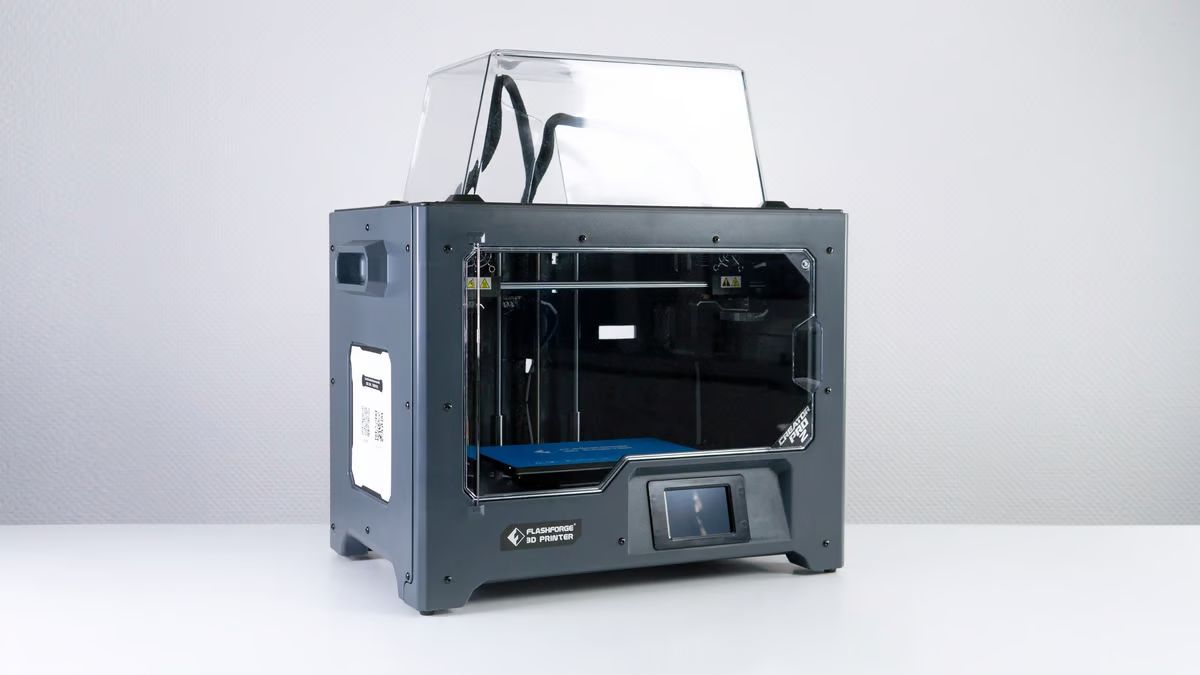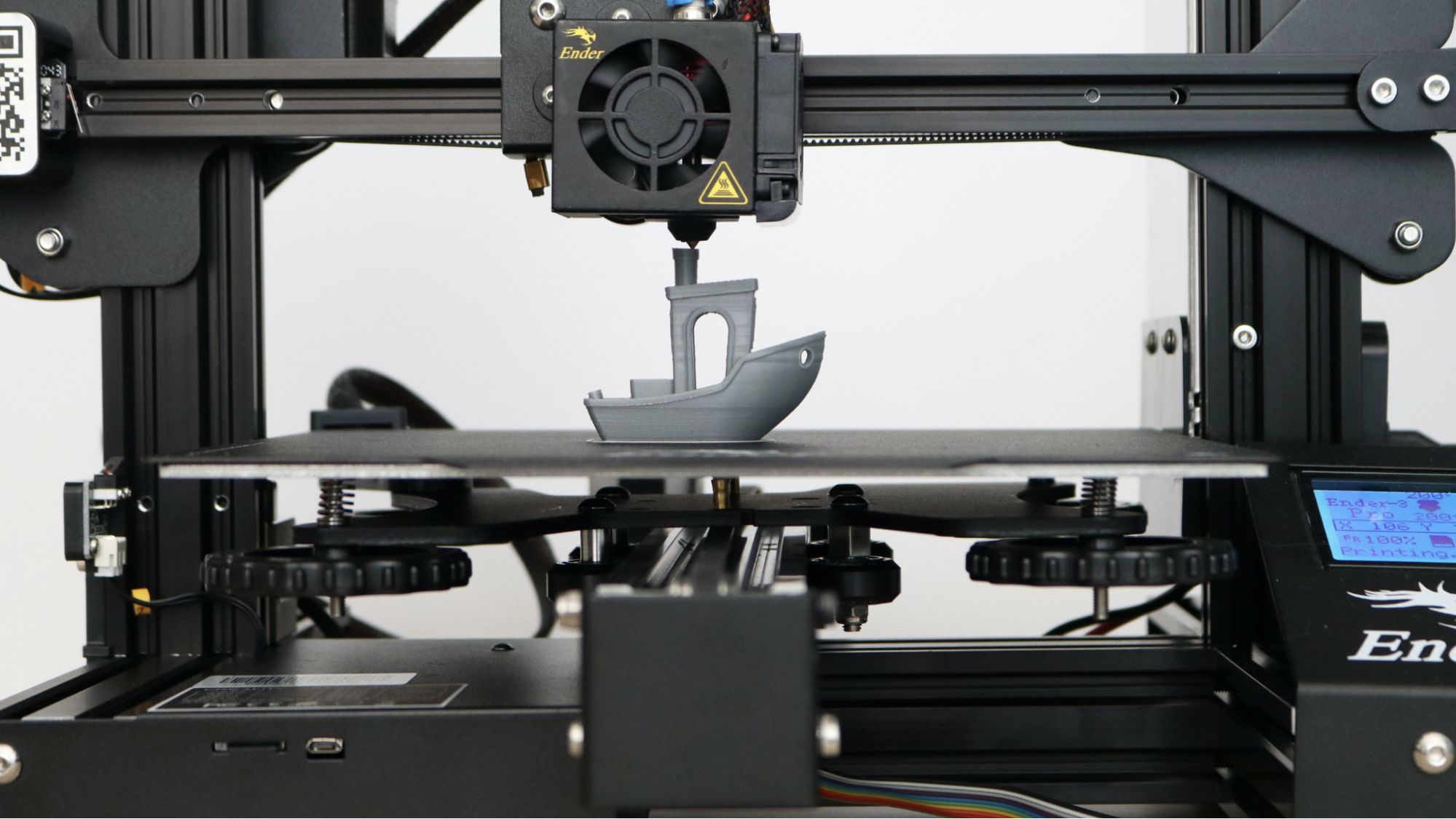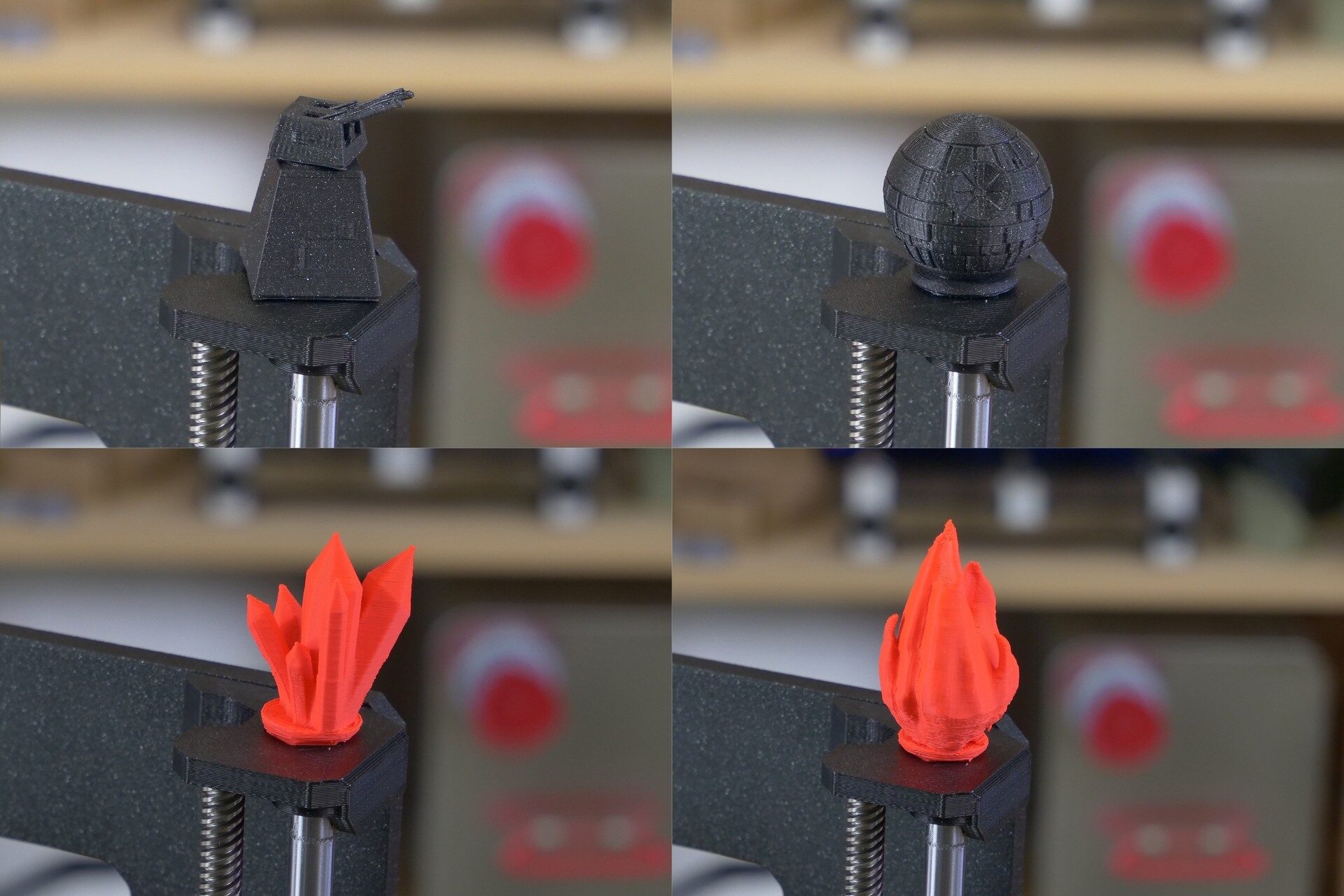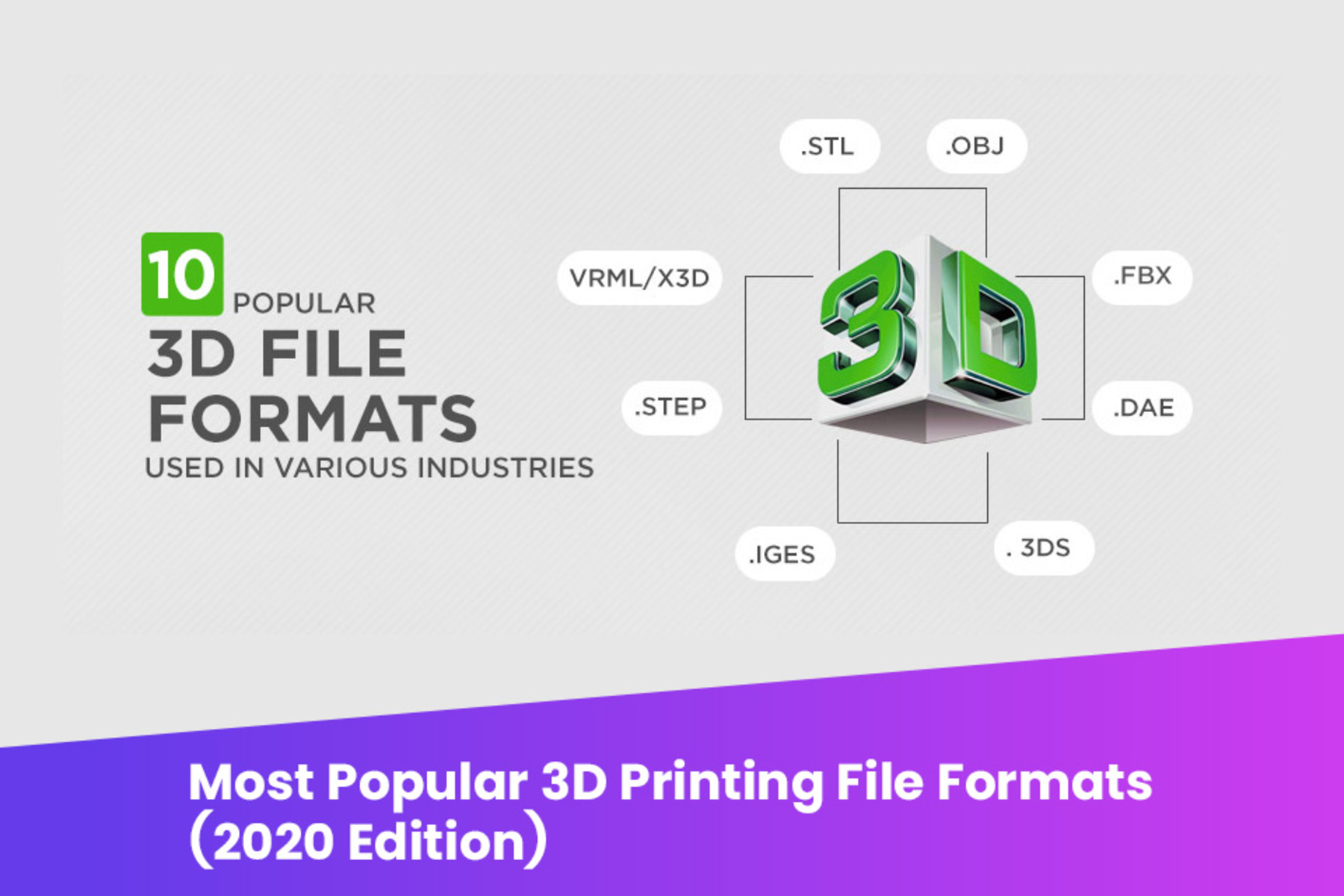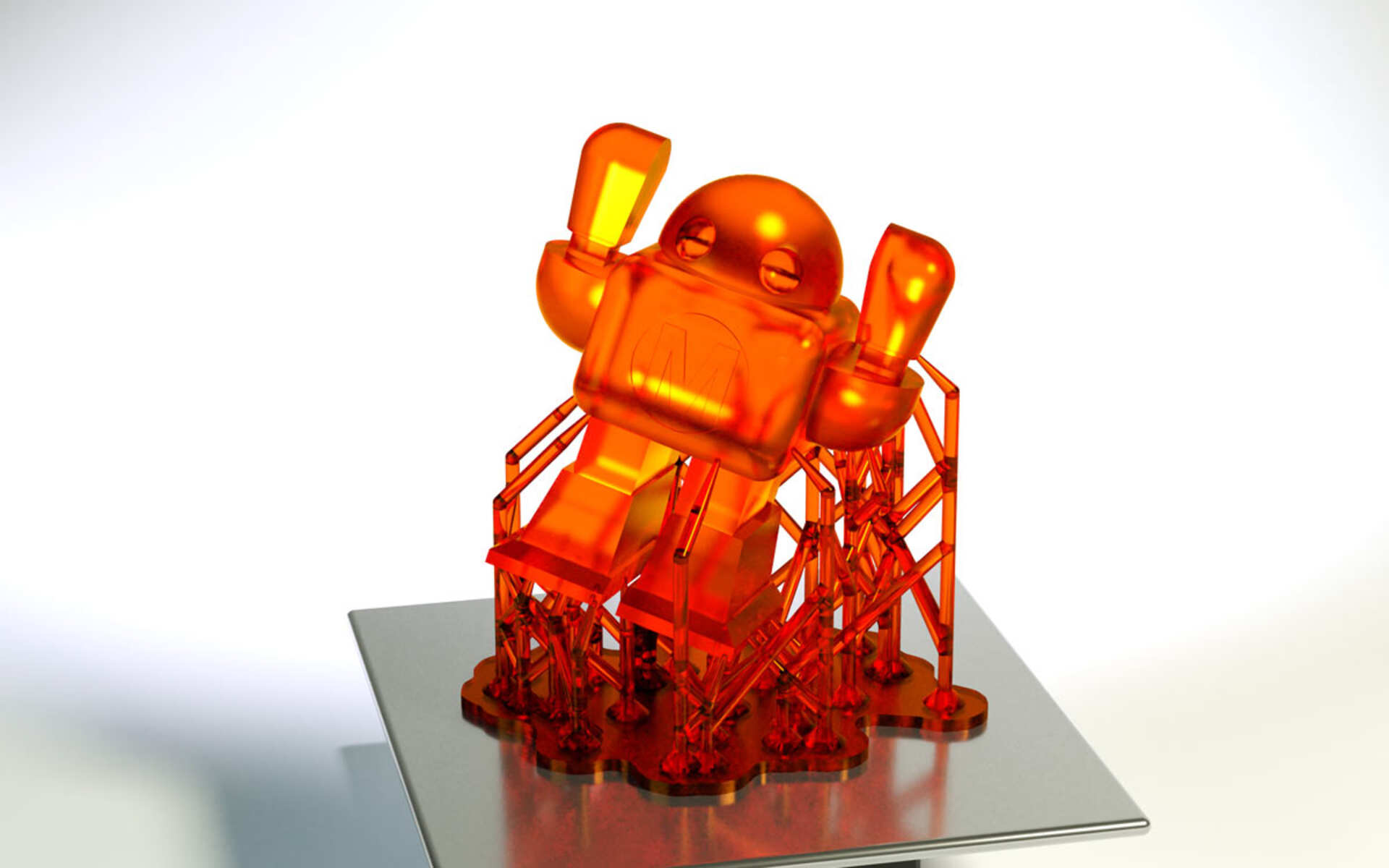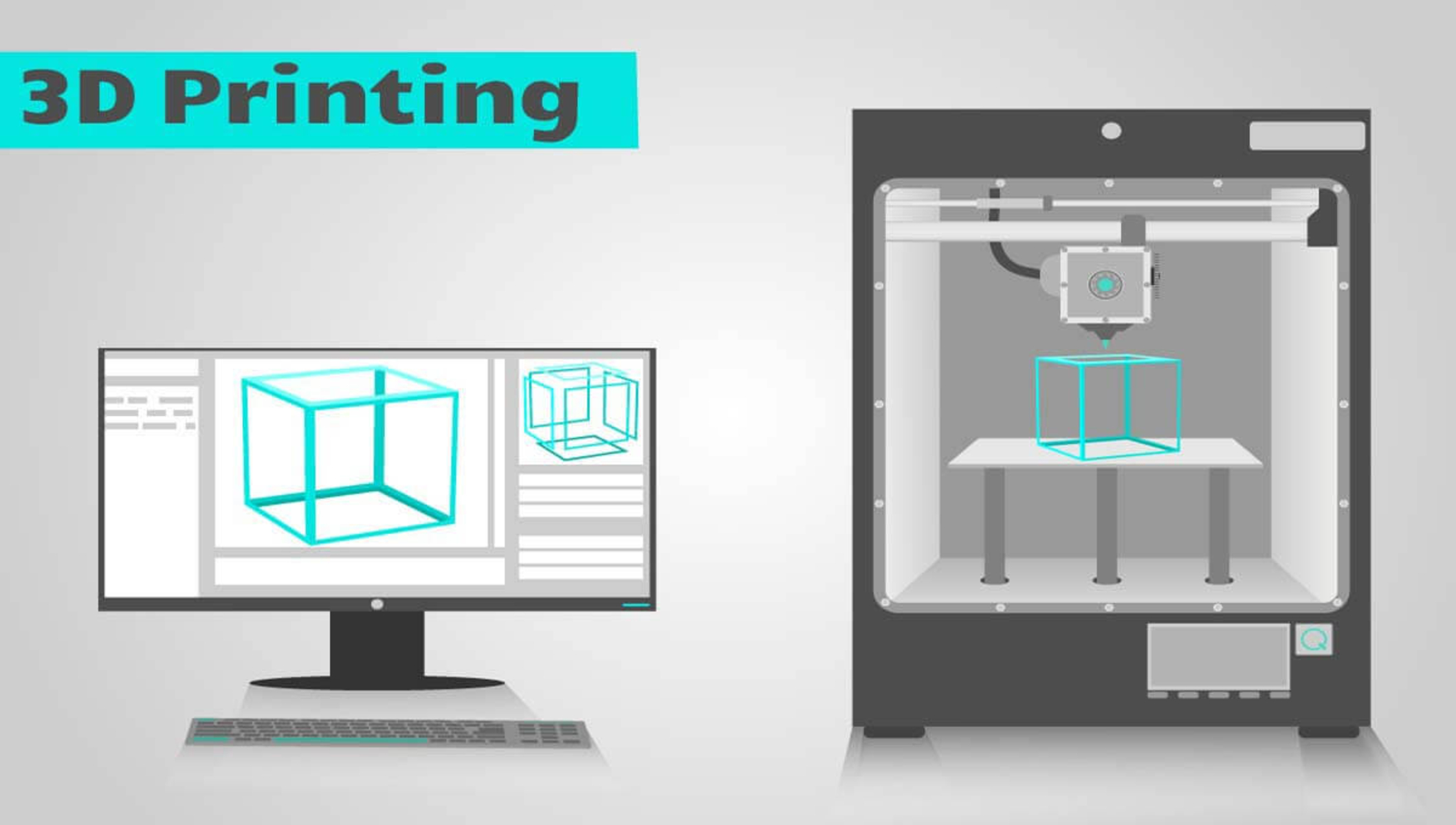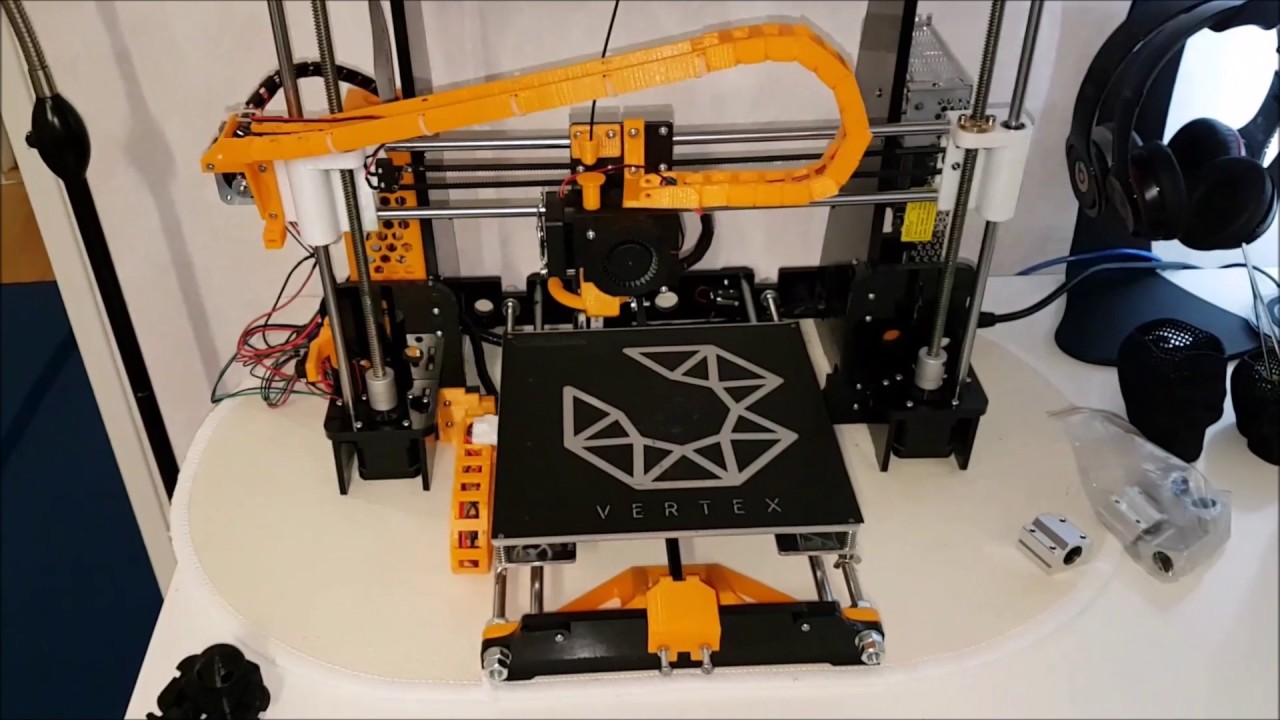Introduction
Welcome to the fascinating world of 3D printing! In recent years, this innovative technology has gained immense popularity, revolutionizing the way we create and manufacture objects. From intricate prototypes to personalized home decor, 3D printing allows us to turn our digital designs into physical objects with astonishing precision and detail.
In order to bring your ideas to life using a 3D printer, it is essential to understand the concept of 3D printer files. These files contain all the necessary information that instructs the printer on how to construct the object layer by layer. A well-designed 3D printer file is the key to obtaining a high-quality, accurate, and functional print.
In this article, we will explore the various aspects of 3D printer files, including the software used to create them, different file formats, and tips for optimizing and preparing files for printing. Whether you are a beginner venturing into the world of 3D printing or an experienced user looking to enhance your skills, this guide will provide you with valuable insights and knowledge to help you create outstanding 3D prints.
So, let’s embark on this exciting journey and dive into the world of 3D printer files!
Understanding 3D Printer Files
Before delving into the intricacies of creating and optimizing 3D printer files, it’s crucial to have a solid understanding of what these files actually are and how they function.
In essence, a 3D printer file contains a precise digital representation of a three-dimensional object. It serves as a blueprint or set of instructions that guide the 3D printer in creating the physical object layer by layer. Each layer is built upon the previous one until the final object is complete.
There are two main types of 3D printer files: STL (Standard Tessellation Language) and OBJ (Wavefront Object). The STL file format is the most commonly used and is widely supported by various 3D printing software and hardware. It represents surfaces as a collection of triangles, defining the shape and structure of the object. On the other hand, the OBJ file format is more versatile and can store additional information like color and texture.
It is important to note that 3D printer files are not simple two-dimensional images or blueprints. They contain a wealth of information that goes beyond just the visual representation of the object. The file includes details such as dimensions, orientation, scale, and even material properties. These specifications play a crucial role in ensuring the accurate fabrication of the object.
Additionally, 3D printer files can be customized and modified using specialized software. This allows you to tweak designs, make adjustments, and optimize the file for better printing results. Understanding the structure and properties of the file will enable you to make the necessary changes and troubleshoot any issues that may arise during the printing process.
Now that we have a basic understanding of 3D printer files, let’s explore the software used for creating these files in the next section.
Software for Creating 3D Printer Files
To design and create 3D printer files, you’ll need specialized software that enables you to transform your ideas into digital models. There are several excellent options available, each with its own set of features and capabilities.
One popular choice is Autodesk Fusion 360, a comprehensive CAD (Computer-Aided Design) program that offers powerful tools for 3D modeling. It allows you to create complex designs and supports parametric modeling, enabling you to easily make changes to your designs while maintaining their integrity.
SketchUp is another widely used software that offers a user-friendly interface and intuitive tools for 3D modeling. It is particularly popular among beginners and hobbyists due to its simplicity and versatility.
If you’re looking for a free and open-source option, Blender is an excellent choice. Initially developed as a 3D animation suite, Blender has evolved to include robust modeling tools. It offers a wide range of features and is highly customizable.
For those who prefer browser-based applications, Tinkercad is a popular choice. It is a beginner-friendly platform that allows for quick and easy 3D modeling. Tinkercad is user-friendly and provides a simple drag-and-drop interface, making it ideal for educational purposes and introductory 3D design.
These are just a few examples of the software options available for creating 3D printer files. It’s important to explore various programs and find one that suits your needs and skill level. Many software options offer free trials or versions with limited features, allowing you to test them out before committing to a purchase.
Keep in mind that learning to use 3D modeling software may involve a learning curve, especially if you are new to the field. However, with practice and patience, you can develop the necessary skills to create intricate and captivating designs.
In the next section, we will delve into the process of designing 3D printer files and explore best practices to ensure optimal results.
Designing 3D Printer Files
Designing 3D printer files is an exciting process that allows you to unleash your creativity and bring your concepts to life. Whether you’re designing functional parts, artistic sculptures, or intricate prototypes, following some key principles will help you create high-quality and printable designs.
The first step in designing 3D printer files is to have a clear vision of what you want to create. Spend some time sketching your ideas on paper or using digital drawing tools. This will provide you with a roadmap and help you refine your design before moving into the 3D modeling phase.
When it comes to 3D modeling, it’s essential to keep in mind the limitations of 3D printing. Pay attention to details like wall thickness, overhangs, and support structures. Aim for designs that can be printed without any major issues or post-processing requirements.
Incorporating proper dimensions is crucial for functional parts. Ensure that your design accurately reflects the intended size of the final object. Take measurements and consider any necessary tolerances to ensure proper fit and functionality.
Consider the printing orientation of your design. Certain geometries may benefit from specific orientations to minimize the need for support structures or improve printing quality. Experiment with different orientations to find the best balance between aesthetics and printability.
Another key consideration is the use of fillets and chamfers. Adding rounded edges or bevelling certain features can enhance both the visual appeal and the structural strength of your design. These details can also reduce the chances of stress points or sharp corners causing print failures.
Additionally, take advantage of the design features offered by your chosen 3D modeling software. Explore options such as Boolean operations, mirroring, patterns, and symmetry to expedite the design process and create complex shapes easily.
Remember to save your work frequently and make use of version control if available. This will ensure that you have backups and can easily revert to earlier versions if needed.
Once your 3D printer file design is complete, it’s imperative to perform a thorough inspection and prepare the design for printing. In the next section, we will explore different file formats used in 3D printing and discuss the importance of proper optimization and preparation.
File Formats for 3D Printing
When it comes to 3D printing, selecting the right file format is crucial for a successful printing process. Different file formats have varying levels of compatibility with 3D printers and software. Let’s explore some commonly used file formats in the world of 3D printing.
The most widely accepted and used file format for 3D printing is the STL (Standard Tessellation Language) format. STL files represent 3D objects as a collection of triangular facets, defining the surface of the object. This format is compatible with almost all 3D printers and slicing software, making it a versatile choice.
Another popular file format is OBJ (Wavefront Object). Unlike STL, OBJ files can store additional information such as color and texture. This format is commonly used in applications that require more complex and detailed 3D models, such as game development and visual effects.
In recent years, the 3MF (3D Manufacturing Format) file format has emerged as a more advanced alternative. 3MF files offer improved support for color, texture, and other complex properties of 3D models. They are gaining popularity due to their ability to capture more of the design intent and facilitate file sharing across different platforms.
While these formats are widely supported, it’s essential to check the compatibility of the file formats with your specific 3D printer and slicing software. Some printers may have limitations or specific requirements regarding file formats, so it’s always recommended to consult the printer’s documentation or manual.
Furthermore, there may be cases where you need to convert a file from one format to another. This can be done using various software tools or online converters. However, it’s important to note that during the conversion process, there may be a loss of certain details or properties, so it’s advised to keep backups of the original files.
Ultimately, choosing the right file format depends on the specific requirements of your project and the capabilities of your 3D printing setup. Understanding the strengths and limitations of each format is crucial in ensuring the successful printing of your 3D designs.
In the next section, we will discuss some essential tips for optimizing and preparing your 3D printer files to achieve the best possible print results.
Tips for Optimizing and Preparing 3D Printer Files
Optimizing and preparing your 3D printer files is a crucial step in achieving high-quality prints. By following these tips, you can ensure that your designs are ready for the printing process.
- Simplify the geometry: Complex geometries can significantly increase the file size and printing time. Simplify your design by reducing unnecessary details and smoothing out curves and surfaces.
- Check and repair the mesh: Inspect your 3D model for any issues or errors using mesh repair tools. These tools can help fix problems like non-manifold geometry, intersecting faces, and gaps, ensuring a watertight and printable object.
- Orient for optimal printing: Experiment with different orientations to minimize the need for support structures and improve the surface quality. Consider the overhang angles and the capabilities of your 3D printer when choosing the orientation.
- Add support structures when necessary: For designs with overhangs or complex geometries that require additional support, consider adding support structures within your 3D modeling software. This will help ensure the integrity of your design during the printing process.
- Specify print settings: Provide clear instructions within your 3D printer file for the desired print settings. Include details such as layer height, infill density, print speed, and temperature to ensure consistent results and avoid any guesswork.
- Consider material properties: Take into account the characteristics of the material you plan to use for printing. Certain materials may require specific design considerations, such as wall thickness or minimum feature size. Familiarize yourself with the material’s properties for optimal results.
- Perform a test print: Before committing to a full-scale print, consider doing a test print with a smaller version of your design. This will help identify any potential issues or areas for improvement before investing time and resources into a larger print.
- Validate and slice your files: Before sending your 3D printer file to the printer, use slicing software to convert the file into a format that is readable by your specific printer. Validate the sliced file using a 3D viewer to ensure accuracy and compatibility.
By implementing these optimization and preparation tips, you can significantly increase the chances of a successful 3D print. Don’t be afraid to iterate and make adjustments to your designs based on the results obtained during the printing process.
Now that we have covered the essential tips for optimizing and preparing your 3D printer files, let’s wrap up this article with a summary of the key takeaways.
Conclusion
Understanding and creating 3D printer files is an integral part of the 3D printing process. By familiarizing yourself with the concepts and techniques discussed in this article, you can improve the quality and success rate of your 3D prints.
We explored the basics of 3D printer files, including their role in guiding the 3D printing process and the common file formats used in 3D printing. Additionally, we discussed the importance of using appropriate software for designing and optimizing 3D printer files.
When designing 3D printer files, it’s crucial to consider factors such as dimension accuracy, printing orientation, and the use of fillets for strength and aesthetics. Moreover, selecting the right file format and properly optimizing and preparing the files for printing play a vital role in achieving excellent print results.
Remember to experiment, learn from your prints, and iterate on your designs to continually improve your 3D printing skills. With practice, you can create incredible and functional objects using this exciting technology.
Now that you have a solid foundation in creating 3D printer files, it’s time to unleash your creativity and bring your ideas to life through the power of 3D printing!









